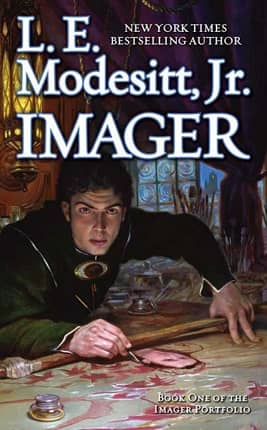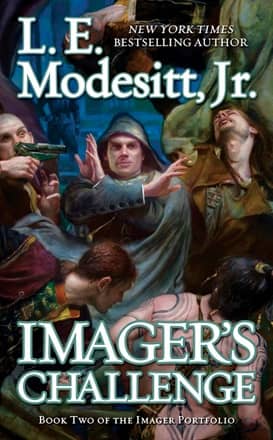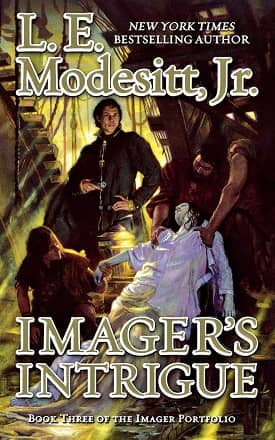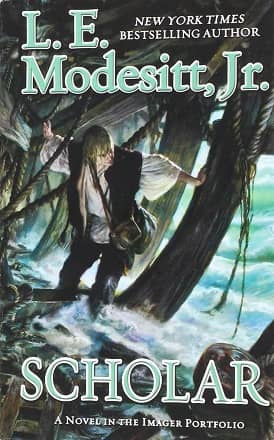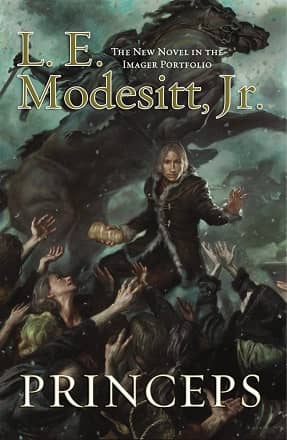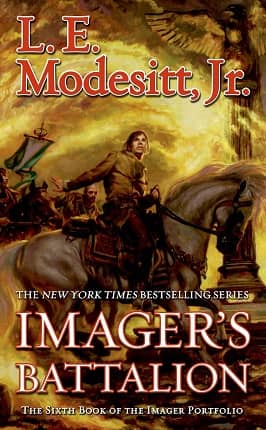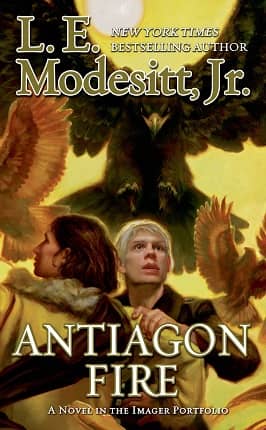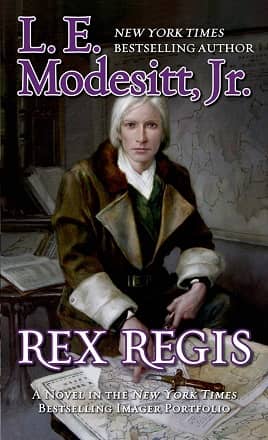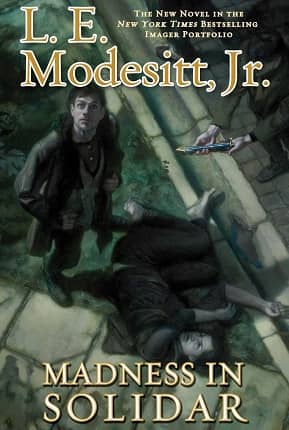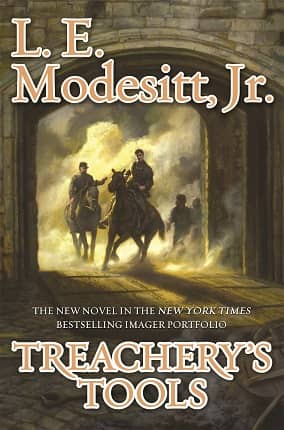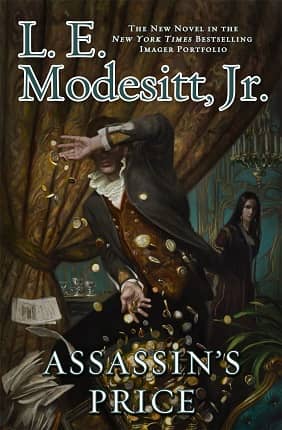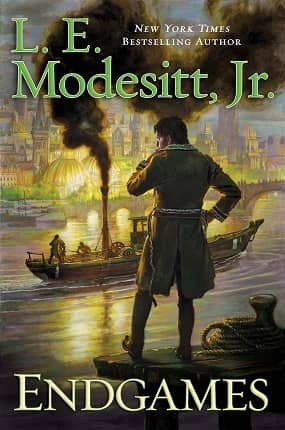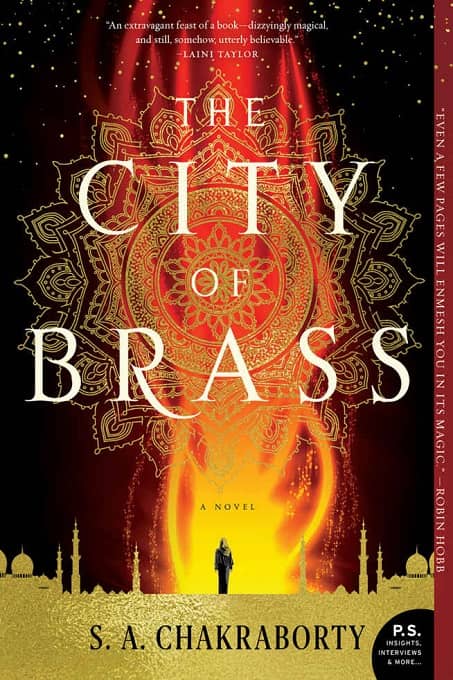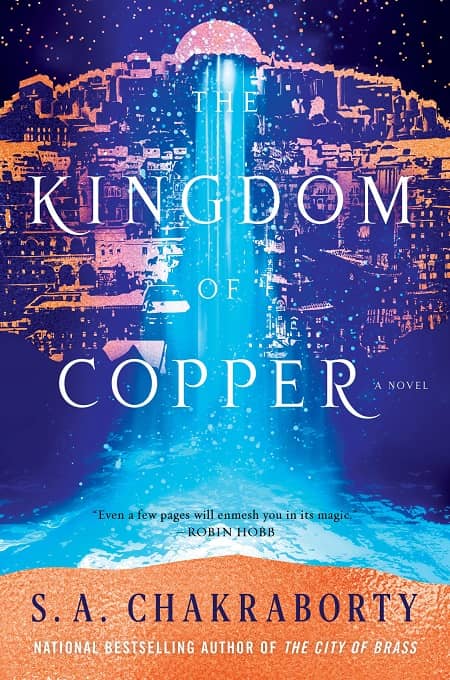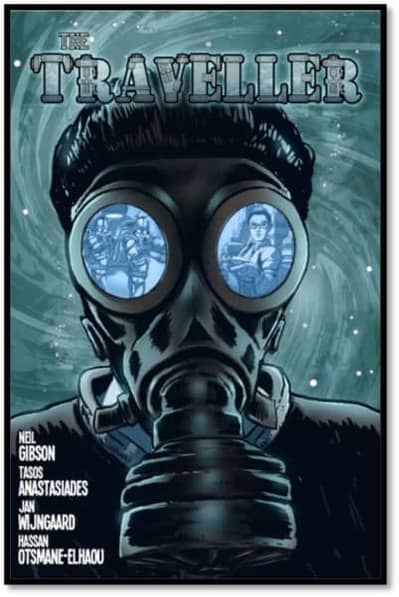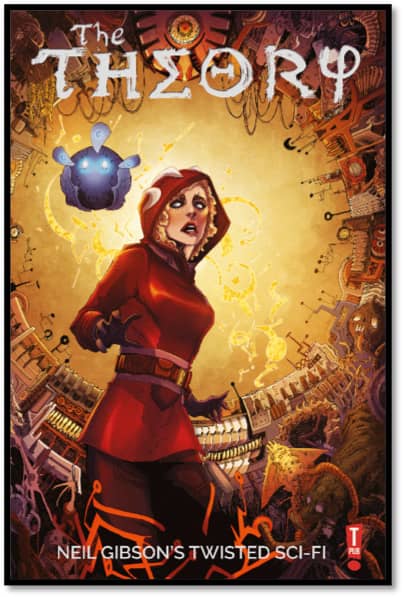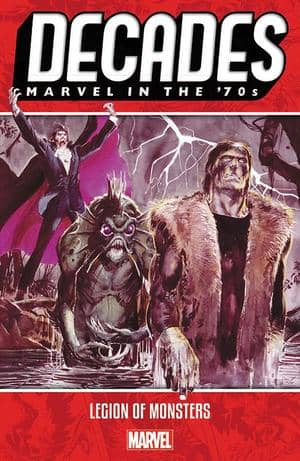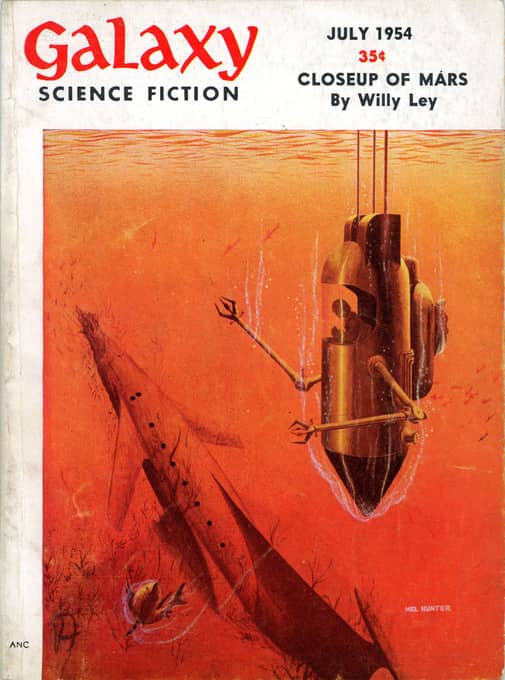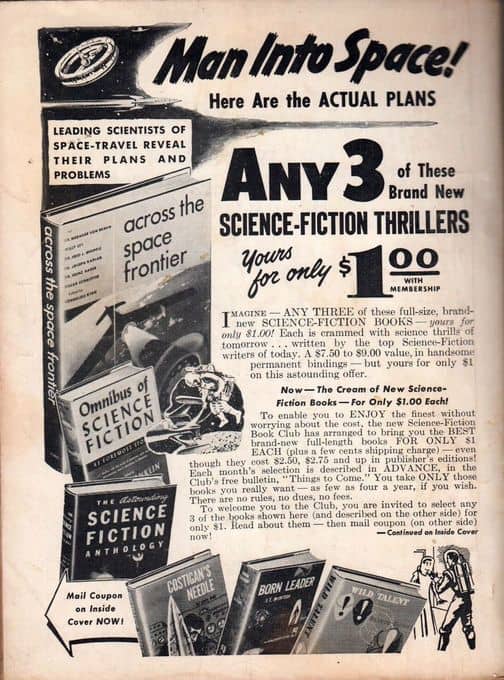The Golden Age of Science Fiction: The 1973 Hugo Award for Best Editor: Ben Bova
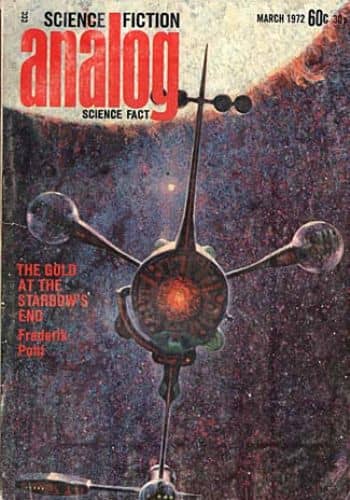 |
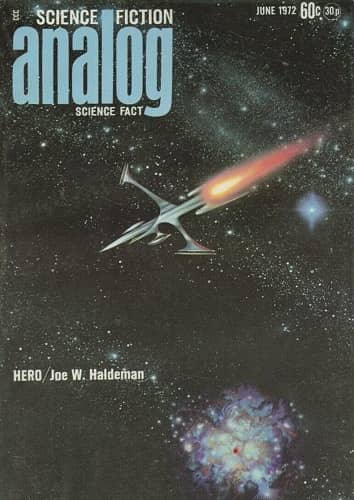 |
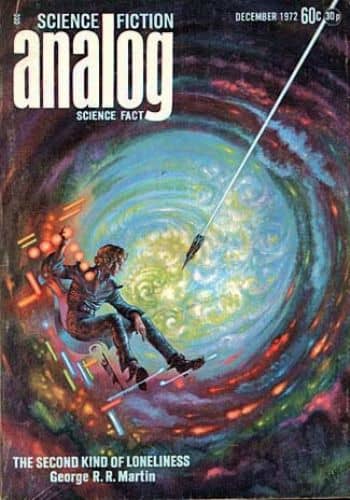 |
The 1973 Hugo Award for Best Editor went to Ben Bova. This was the first year of the Best Editor Hugo. It has been awarded every year since then, though in 2007 it was split in two, with a Best Editor Award given for Short Form and Long Form editors. This last reflected the fact that the Best Editor was a de facto award for Best Editor Short Form all along. (While I completely agree that “Long Form” editors are tremendously important to the field, and deserve recognition, I still think that the Hugo voters – even people, like me, who are pretty well connected – are not really competent to evaluate Long Form editing.) The original impetus, I believe, for the Best Editor Award was as a replacement for the Best Professional Magazine award, and the idea was that the increased importance of original anthologies to the short fiction market meant that just awarding a “Best Prozine” award would miss some really important editors. In the event, however, the only two Best Editor awards not linked to magazines were Terry Carr in 1985 and 1987, and Judy-Lynn Del Rey in 1986 (award refused by her widower, Lester Del Rey.) Indeed, the only winner of the Best Professional Editor Short Form Hugo who is not primarily associated with a magazine has been Ellen Datlow (whose win in 2005 of the Best Professional Editor Award can be partly attributed to her role editing Sci Fiction, but whose later Hugos presumably result from her original anthologies and her editing of the Best Fantasy and Horror (now just Best Horror) collections).
Bova’s fellow nominees in 1973 were two additional magazine editors, Edward Ferman at F&SF and Ted White at Amazing/Fantastic. (Bova, of course, was the editor of Analog.) Terry Carr was nominated, presumably for the original anthology series Universe and for his Best Science Fiction of the Year series. And Donald Wollheim was nominated, probably for his role as chief acquiring editor at DAW, and for editing The 1972 Annual World’s Best SF. Conspicuous by his absence is Ejler Jakobsson, editor of Galaxy and If.


